Increasing Focus on Sustainability
Sustainability is becoming a central theme in various industries, and the Diamond Like Carbon Market is no exception. The shift towards eco-friendly materials and processes is prompting manufacturers to adopt diamond-like carbon coatings, which are not only durable but also reduce the need for frequent replacements. This aligns with the growing consumer preference for sustainable products. Furthermore, diamond-like carbon coatings can enhance the lifespan of components, thereby reducing waste and resource consumption. As industries strive to meet sustainability goals, the demand for diamond-like carbon coatings is expected to rise, potentially increasing market share by 15% over the next few years. This trend underscores the importance of sustainability in shaping the future of the Diamond Like Carbon Market.
Diverse Applications Across Industries
The versatility of diamond-like carbon coatings is a significant driver for the Diamond Like Carbon Market. These coatings find applications across a wide range of sectors, including medical devices, aerospace, and tooling. In the medical field, diamond-like carbon coatings are used to enhance biocompatibility and reduce friction in implants. In aerospace, they provide protection against wear and corrosion, which is crucial for maintaining performance in harsh environments. The tooling industry benefits from the hardness and wear resistance of diamond-like carbon, leading to longer tool life and reduced downtime. As industries continue to explore innovative applications for diamond-like carbon coatings, the market is expected to expand, with projections indicating a growth rate of 6% annually through 2028. This diverse applicability highlights the integral role of the Diamond Like Carbon Market in various technological advancements.
Rising Demand in Automotive Applications
The automotive sector is a key driver for the Diamond Like Carbon Market, as manufacturers seek to enhance the performance and longevity of engine components and other critical parts. The application of diamond-like carbon coatings in automotive components reduces friction and wear, leading to improved fuel efficiency and reduced emissions. With the automotive industry increasingly focusing on sustainability and performance, the demand for diamond-like carbon coatings is expected to rise. Recent estimates suggest that the automotive segment could account for over 30% of the total market share by 2026. This trend indicates a robust growth trajectory for the Diamond Like Carbon Market, as automotive manufacturers continue to adopt advanced materials to meet regulatory standards and consumer expectations.
Technological Advancements in Coating Processes
The Diamond Like Carbon Market is experiencing a surge in demand due to advancements in coating technologies. Innovations in deposition techniques, such as chemical vapor deposition and physical vapor deposition, have enhanced the quality and durability of diamond-like carbon coatings. These advancements allow for better adhesion and uniformity, which are critical for applications in automotive, aerospace, and electronics. The market for diamond-like carbon coatings is projected to grow at a compound annual growth rate of approximately 7% over the next five years, driven by the need for high-performance materials. As industries increasingly seek to improve the lifespan and performance of their products, the Diamond Like Carbon Market is poised to benefit significantly from these technological improvements.
Growth in Electronics and Semiconductor Industries
The electronics and semiconductor industries are pivotal to the expansion of the Diamond Like Carbon Market. As devices become smaller and more powerful, the need for protective coatings that can withstand harsh environments is paramount. Diamond-like carbon coatings provide excellent hardness and thermal stability, making them ideal for use in semiconductor manufacturing and electronic components. The market for diamond-like carbon in these sectors is projected to grow significantly, with estimates indicating a potential increase of 8% annually through 2027. This growth is driven by the increasing miniaturization of electronic devices and the demand for high-performance materials, positioning the Diamond Like Carbon Market as a critical player in the technological landscape.


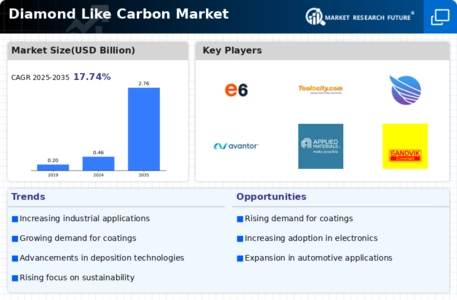
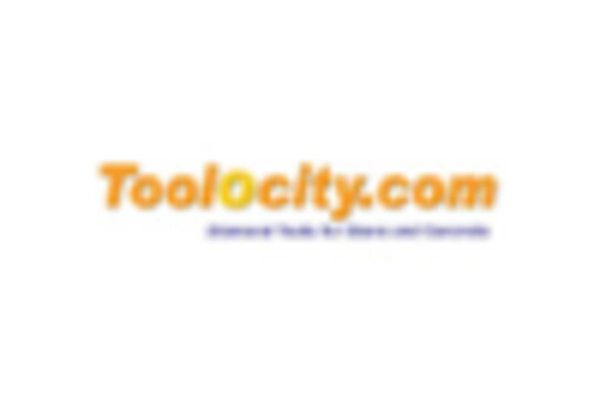
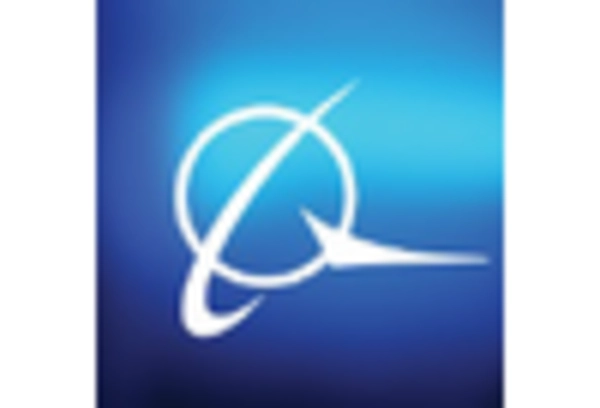
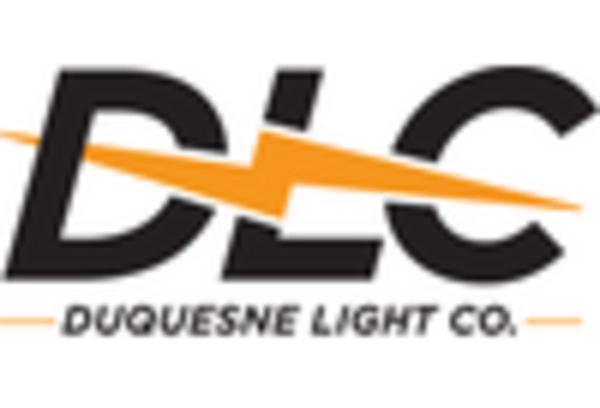
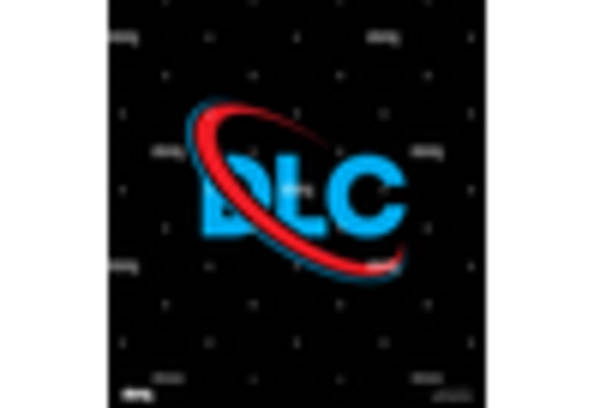
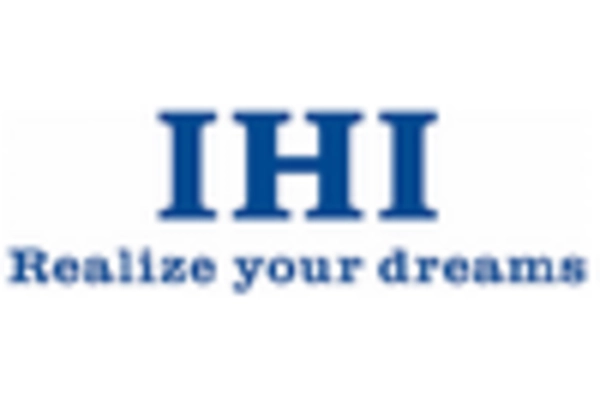









Leave a Comment